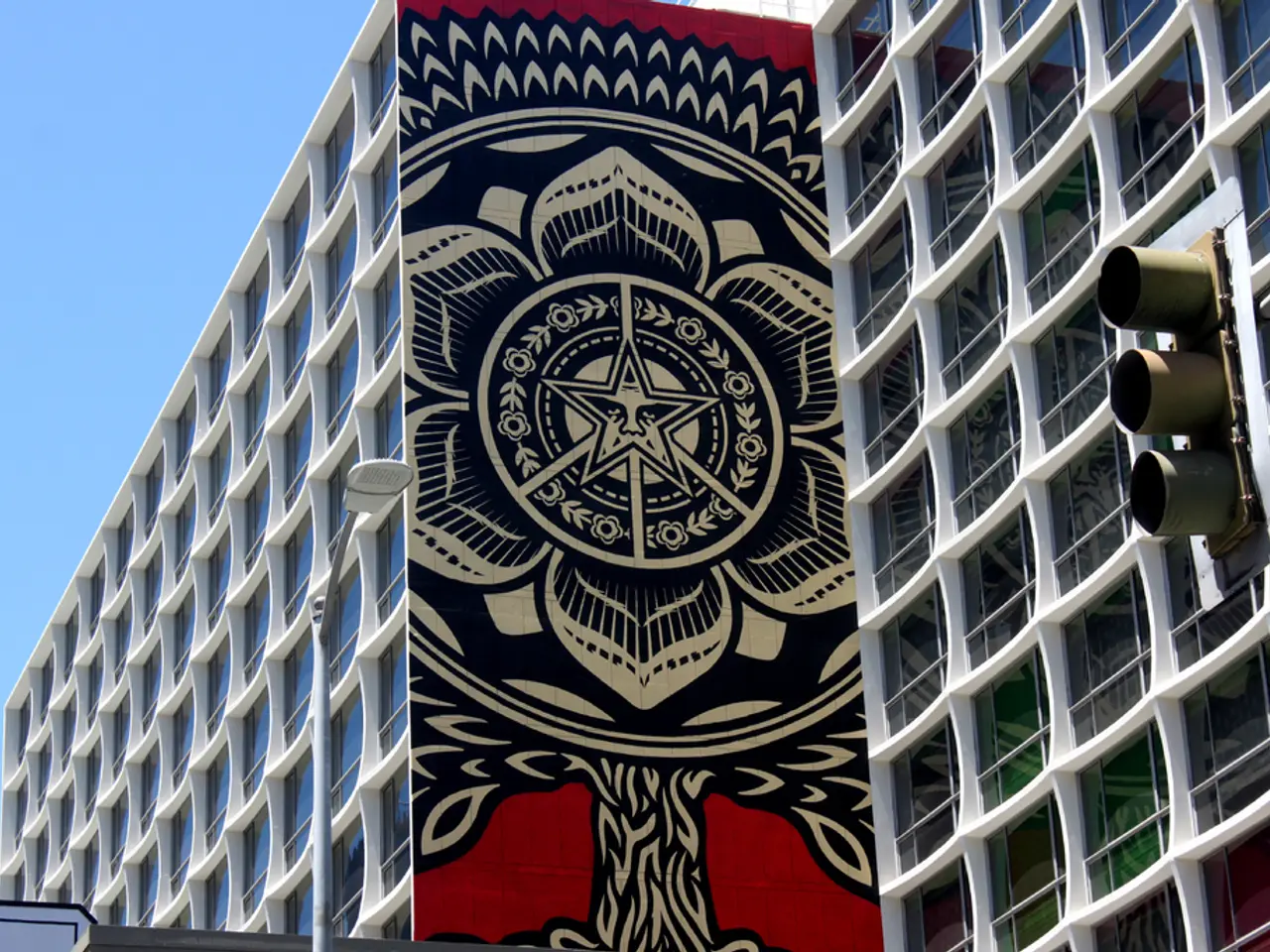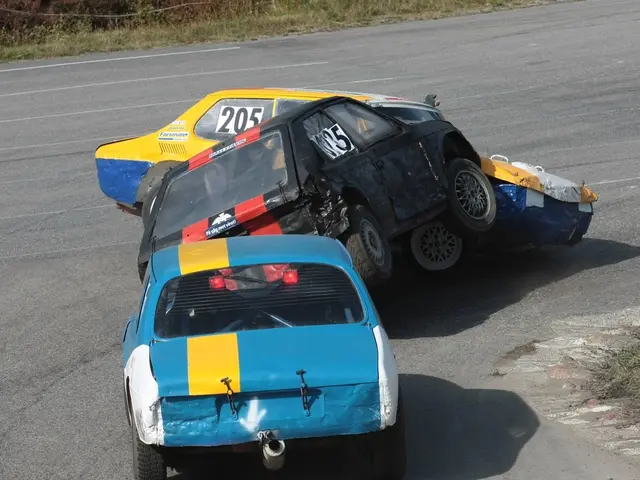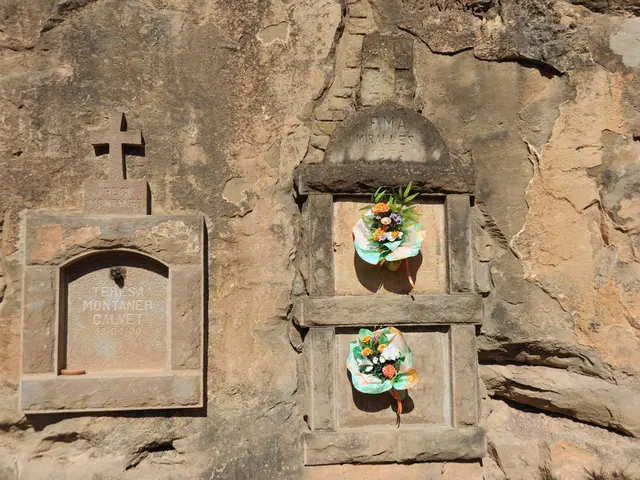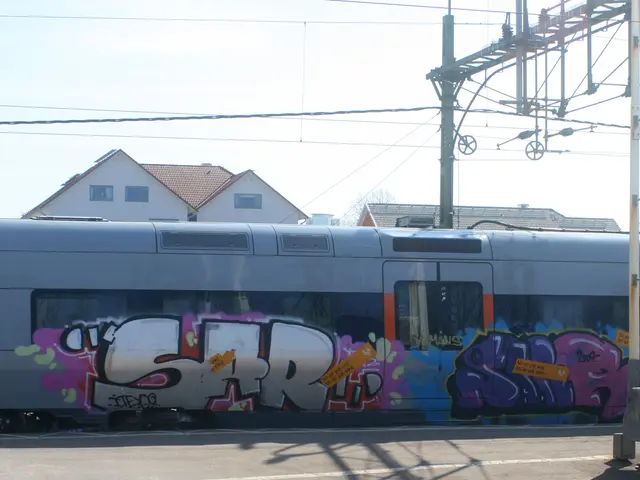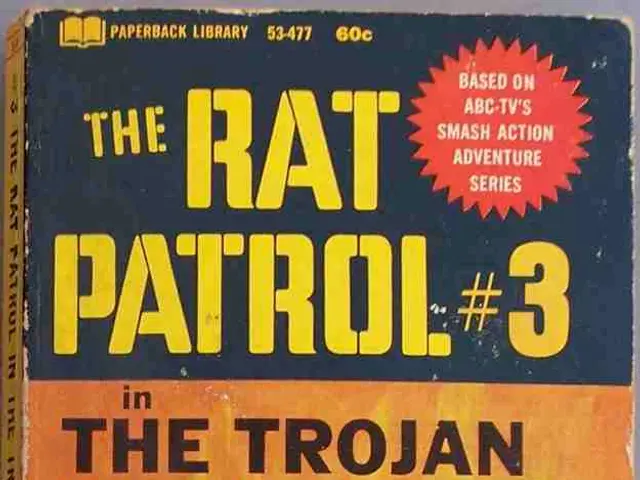Aachen’s historic riverbank wall faces urgent repairs after inspection reveals decay
Engineers are currently inspecting the historic riverbank wall in Kornelimünster, a district of Aachen. This thorough examination, conducted every three to six years as per DIN 1076 standards, assesses the structure's stability and safety. The city of Aachen, responsible for the wall's upkeep, aims to ensure its longevity and protect the public.
The inspection, using an undercarriage-mounted device, covers the entire riverbank wall. Engineers are evaluating the structure based on criteria for structural stability, traffic safety, and long-term durability. They are tapping the masonry with a hammer to detect hollow areas and loose stones, and meticulously measuring crack lengths. The wall's steel reinforcement is found to be suffering from corrosion, leading to masonry loosening and inadequate thickness to meet static load requirements.
Previously, the riverbank wall has undergone reinforcements and will undergo a comprehensive renovation next year. A protective barrier has been installed as a precaution against potential impacts. Despite these measures, the inspection reveals that the wall's condition is deteriorating, highlighting the importance of regular inspections as stipulated by DIN standards.
The upcoming repair and safety inspection of the Kornelimünster riverbank wall is crucial for maintaining its structural integrity and ensuring public safety. The city of Aachen is committed to regular inspections and necessary renovations to preserve this historic structure for future generations.
Read also:
- American teenagers taking up farming roles previously filled by immigrants, a concept revisited from 1965's labor market shift.
- Weekly affairs in the German Federal Parliament (Bundestag)
- Landslide claims seven lives, injures six individuals while they work to restore a water channel in the northern region of Pakistan
- Escalating conflict in Sudan has prompted the United Nations to announce a critical gender crisis, highlighting the disproportionate impact of the ongoing violence on women and girls.
